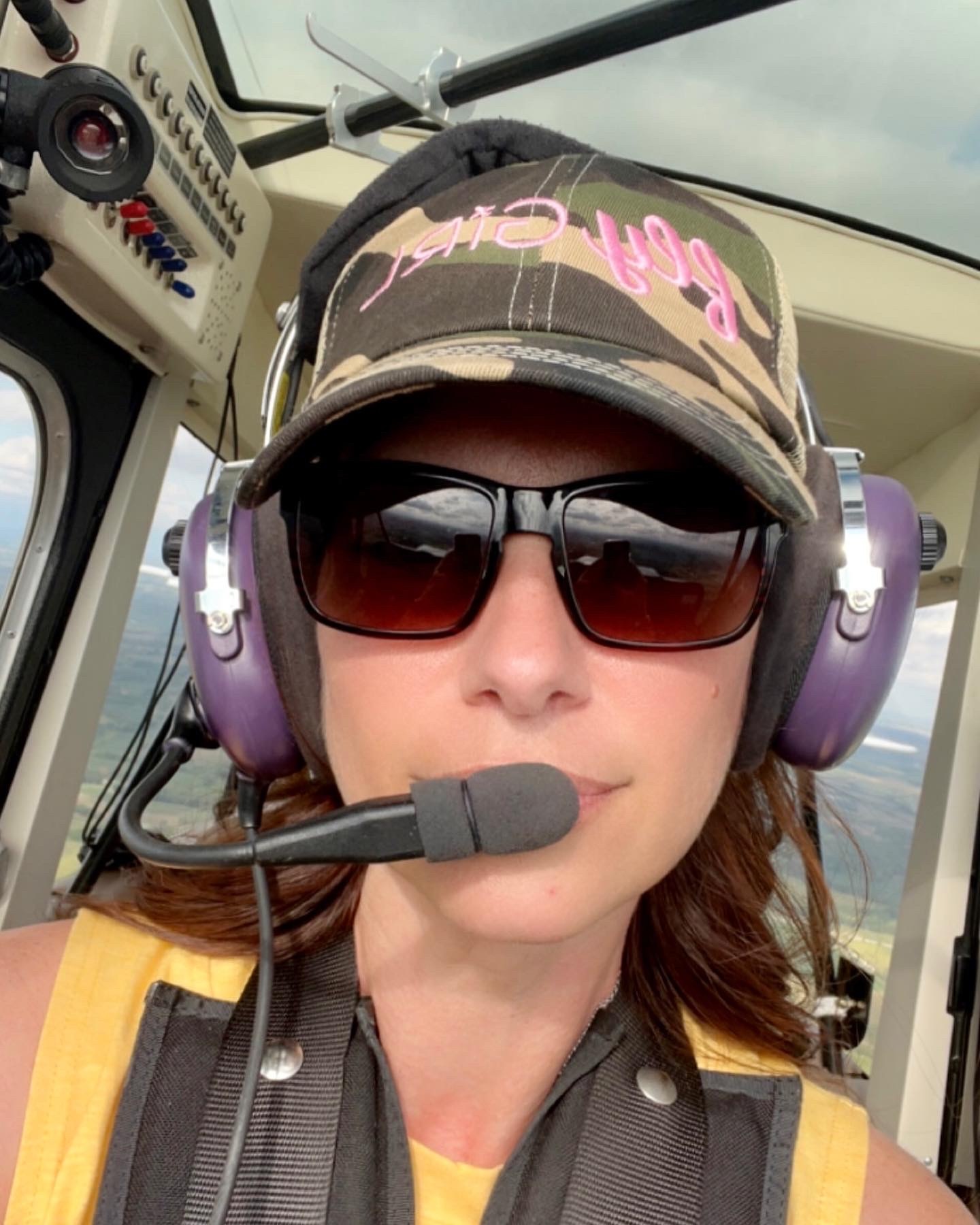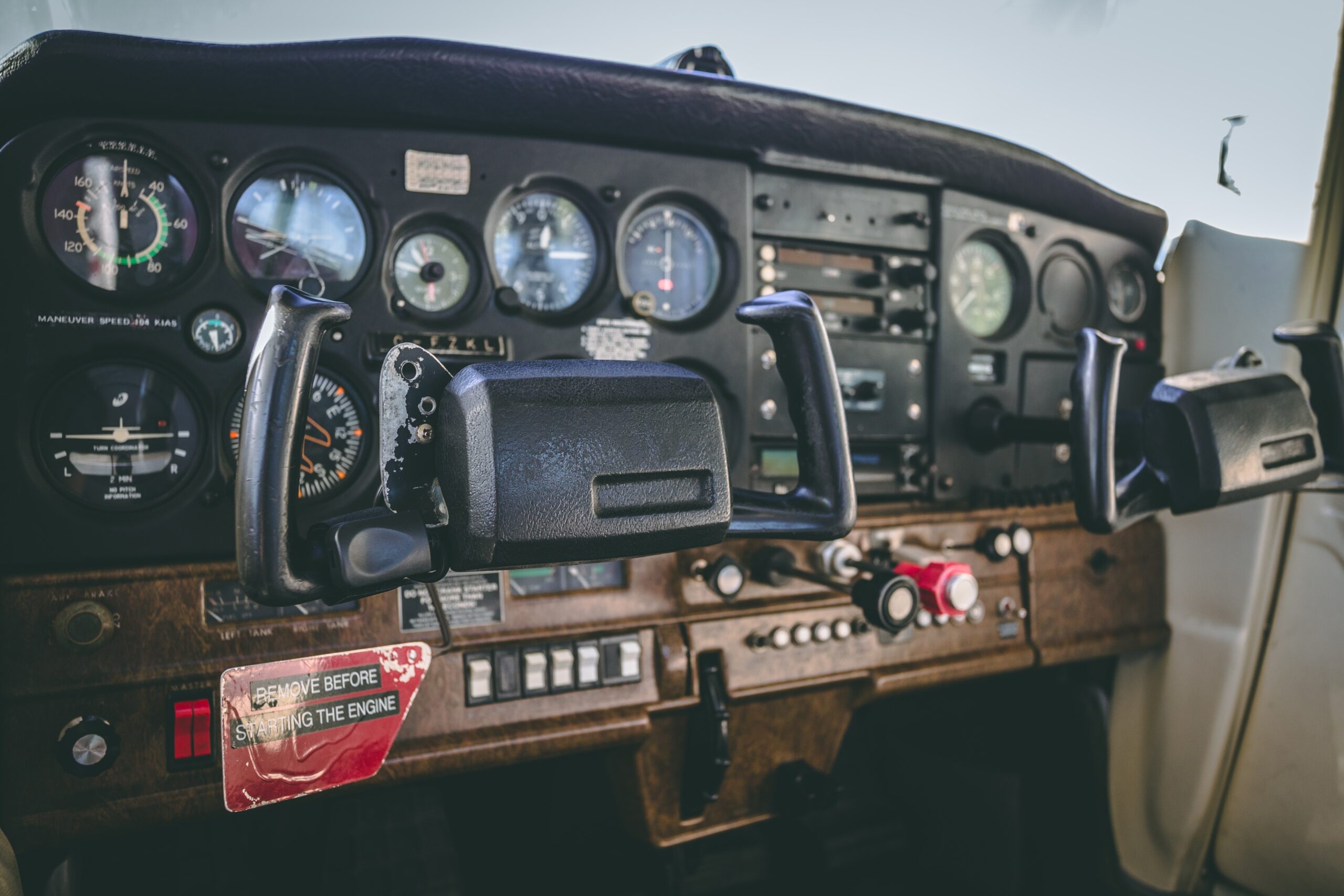Flight training in the United States is regulated by the Federal Aviation Administration (FAA) under two distinct sets of regulations: Part 61 and Part 141. These regulations provide different paths to obtaining a pilot’s license, each with its own advantages and disadvantages. As a prospective pilot, it’s essential to understand the differences between Part 61 vs Part 141 to make an informed decision. This is a decision on which path best suits your needs and goals. This article aims to provide a comprehensive comparison of Part 61 and Part 141 flight training. We will highlight their differences, advantages, and disadvantages to help you make an educated choice.
Understanding Part 61 Flight Training
What is Part 61 Flight Training?
Part 61 flight training refers to the regulations outlined in Title 14 of the Code of Federal Regulations (CFR), Part 61. These regulations govern the certification of pilots, flight instructors, and ground instructors. Governed by the Federal Aviation Administration (FAA), Part 61 training offers a flexible and less structured approach to learning to fly. This makes it an attractive option for many prospective pilots allowing students to progress at their own pace. Also it allows them to build a training program tailored to their needs.
Advantages of Part 61 Flight Training
Flexibility: Part 61 flight training offers the most flexibility in terms of scheduling, lesson plans, and progress. This is an ideal option for students who have busy lives, work schedules, or other commitments that make adhering to a strict training schedule difficult.
Customization: Part 61 allows students and instructors to tailor the training program to the individual needs of the student. This personalization can help students focus on specific areas where they need improvement. As well as develop skills that are relevant to their unique aviation goals.
Instructor Choice: Students training under Part 61 have the freedom to choose their instructors. This allows them to find an instructor that best fits their learning style and personality.

Disadvantages of Part 61 Flight Training
Less Structured: The flexibility of Part 61 can also be a disadvantage for some students. The lack of structure can lead to inconsistencies in training, longer completion times, and potentially higher costs.
No Set Curriculum: Part 61 does not have a standardized curriculum. Which may make it harder for students to gauge their progress and ensure they are covering all necessary topics and skills.
Understanding Part 141 Flight Training
What is Part 141 Flight Training?
Part 141 flight training refers to the regulations outlined in Title 14 of the Code of Federal Regulations (CFR). These regulations govern the certification of pilot schools and establish a more structured and standardized training environment. Part 141 flight schools must adhere to an FAA-approved syllabus. This ensures a consistent and comprehensive training experience for all students. A part of this is the schools also undergo regular FAA inspections and audits to ensure they maintain high standards of instruction and safety.
Benefits of Part 141 Flight Training
Structured Curriculum: Part 141 flight training follows a standardized, FAA-approved curriculum, ensuring that students receive a comprehensive education. This will cover all the necessary topics and skills required to become proficient pilots. This structured approach provides a clear roadmap for students, making it easier to track progress and prepare for certification exams.
Reduced Hour Requirements: Part 141 flight training allows students to complete their certification with fewer flight hours than Part 61 training. For example, the minimum flight hours required for a private pilot’s license is 40 hours under Part 61. While it is only 35 hours under Part 141. This reduction in required hours can result in cost savings and faster certification for students.
Quality Control: Part 141 flight schools undergo regular FAA inspections and audits to ensure they maintain high standards of instruction and safety. This quality control provides students with peace of mind knowing that their chosen flight school meets the FAA’s rigorous standards.
Financial Aid Opportunities: Part 141 flight schools are more likely to be eligible for financial aid, scholarships, and VA benefits due to their structured nature and FAA oversight. This can make flight training more accessible and affordable for many students.
Challenges of Part 141 Flight Training
Limited Flexibility: The structured nature of Part 141 flight training can be a disadvantage for students who require flexibility in their schedules or prefer a more personalized approach to learning. Part 141 schools typically have set schedules and lesson plans. Which may not be ideal for students with busy lives or unique learning needs.

Availability: Part 141 flight schools are less common than Part 61 schools. They must meet strict FAA requirements for certification. This can make it more challenging for prospective pilots to find a convenient location and school that offers Part 141 training.
The flight regulations enforced by the FAA for Parts 61 vs 141 give options to those wanting to learn to fly. Either choice is a good option. If you’re an aspiring pilot who wants to take off to the clouds, Angle of Attack is the perfect place to kickstart your journey. Joining your fellow aviators flying high in the sky.

Karey grew up and obtained her in private pilot’s license in Central Iowa. She fell in love with tailwheel aircraft during her primary training and obtained a tailwheel endorsement the week following her private pilot checkride. She is eager to obtain her seaplane rating and is merging her passion for flying with her prior work career. Karey has a background in marketing, editing, and web design after graduating from Simpson College. When she is not flying or working, Karey enjoys anything related to technology and admits she can be a bit of a nerd. She also has discovered a love for virtually all outdoor pursuits, with a special fondness for climbing, shooting, and hiking.

Stay Connected
Be the very first to get notified when we publish new flying videos, free lessons, and special offers on our courses.






